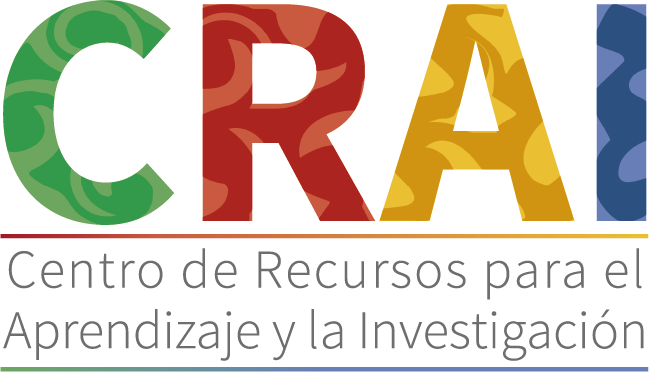Incluye referencias bibliográficas e índices
Introduction -- Part I. Basics first -- 1. What are utilities, preferences and values? -- 2. Heuristics and decision making -- 3. Modeling and mathematical models of decision making -- Part II. Decision making on the individual level -- 4. Basic science articles from the judgment and decision literature -- 5. Basic science article from the health psychological/self-regulation perspective -- 6.Decision making for single events -- 7.Maintaining decision making for multiple events -- 8.Decision making in aging populations: time horizons and familial influences -- 9.Decision making in young adults -- 10. Decision making in disadvantaged populations. Part III. Decision making on the interpersonal level -- 11. Basic science article of spouses/partners and family members -- 12. Decisional influences of health care providers -- Part IV. Decision making by health care providers -- 13. Models of shared decision making -- 14. End-of-life decision making -- 15.&nbs p; Legal aspects of decision making for health care providers -- Part V. Applied decision making -- 16. Decision tools in shared decision making for patients -- 17. Decision tools for health care professionals -- 18. Integration of decision tools in the health care environment: The example of Kaiser Permanente -- 19. The VA as an example of an integration decision tools for patients and physicians -- Part VI. The communication of decisions -- 20. Graphical and numerical communication -- 21. Health literacy and numeracy -- Part VII. Decision making on the organizational level -- 22. Decision making using Electronic Medical records -- 23. Decision making on the practice level -- Part VIII. Decision making on the state and national health policy environment -- 24. How health policy gets made -- 25. Recent changes in the health care environment -- Part IX. The future of decision making -- 26. The promise of New Media: savior or curse?- 27. Social networks and the power of many -- 28. Decision making in the age of genome wide sequencing.

Escuela de administración
Facultad de Jurisprudencia
Facultad de Ciencias
Escuela de Ciencias
Escuela de Medicina
Facultad de Economía
Facultad de Estudios
Facultad de Creación
Escuela de Ingeniería,
Otras Ofertas
 Historia y símbolos
Historia y símbolos
 Enfoque estratégico
Enfoque estratégico
 Gobierno universitario
Gobierno universitario
 Playbok - Nuestros pilares de transformación
Playbok - Nuestros pilares de transformación
 Protocolo de seguridad
Protocolo de seguridad
 Archivo histórico
Archivo histórico
 Portafolio de becas, descuentos y apoyo financiero
Portafolio de becas, descuentos y apoyo financiero
 Casa UR
Casa UR






 Proyección social
Proyección social Filantropía
Filantropía Hagámoslo posible
Hagámoslo posible

 Libro
Libro







